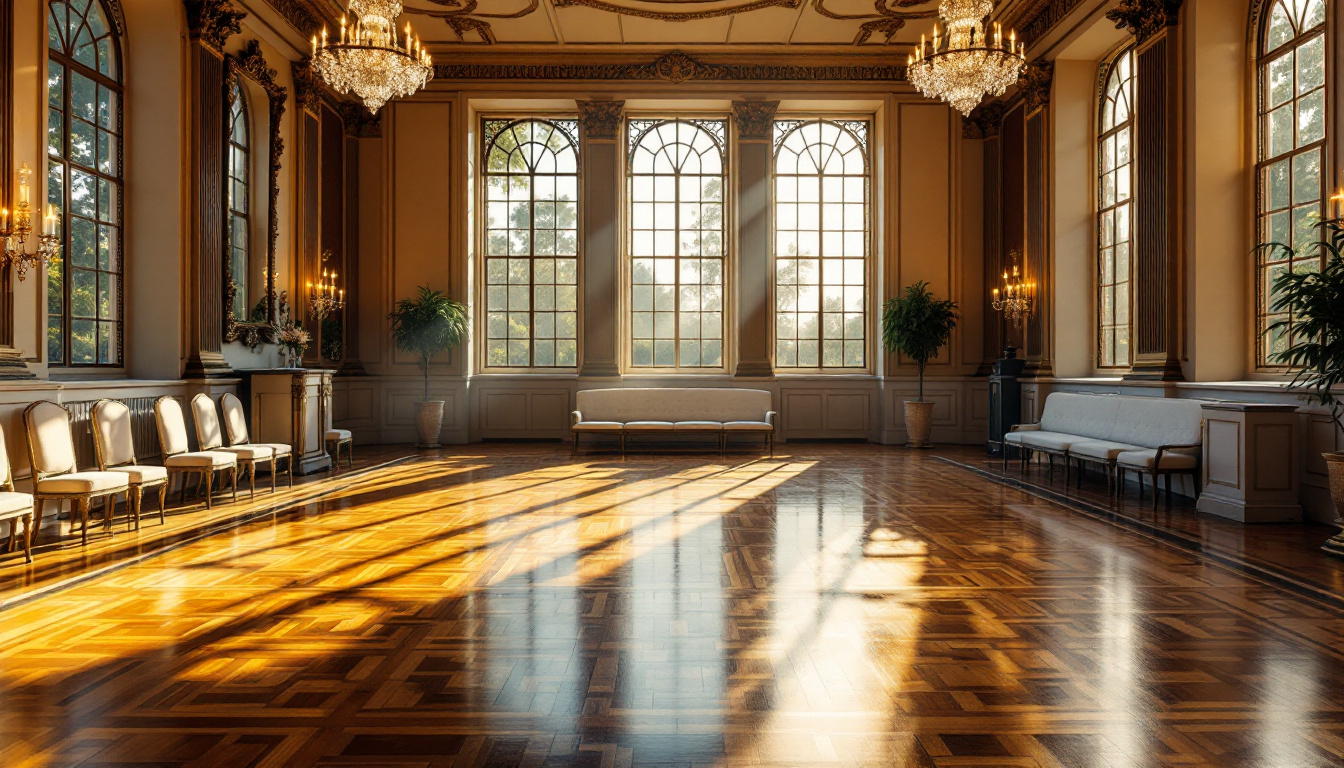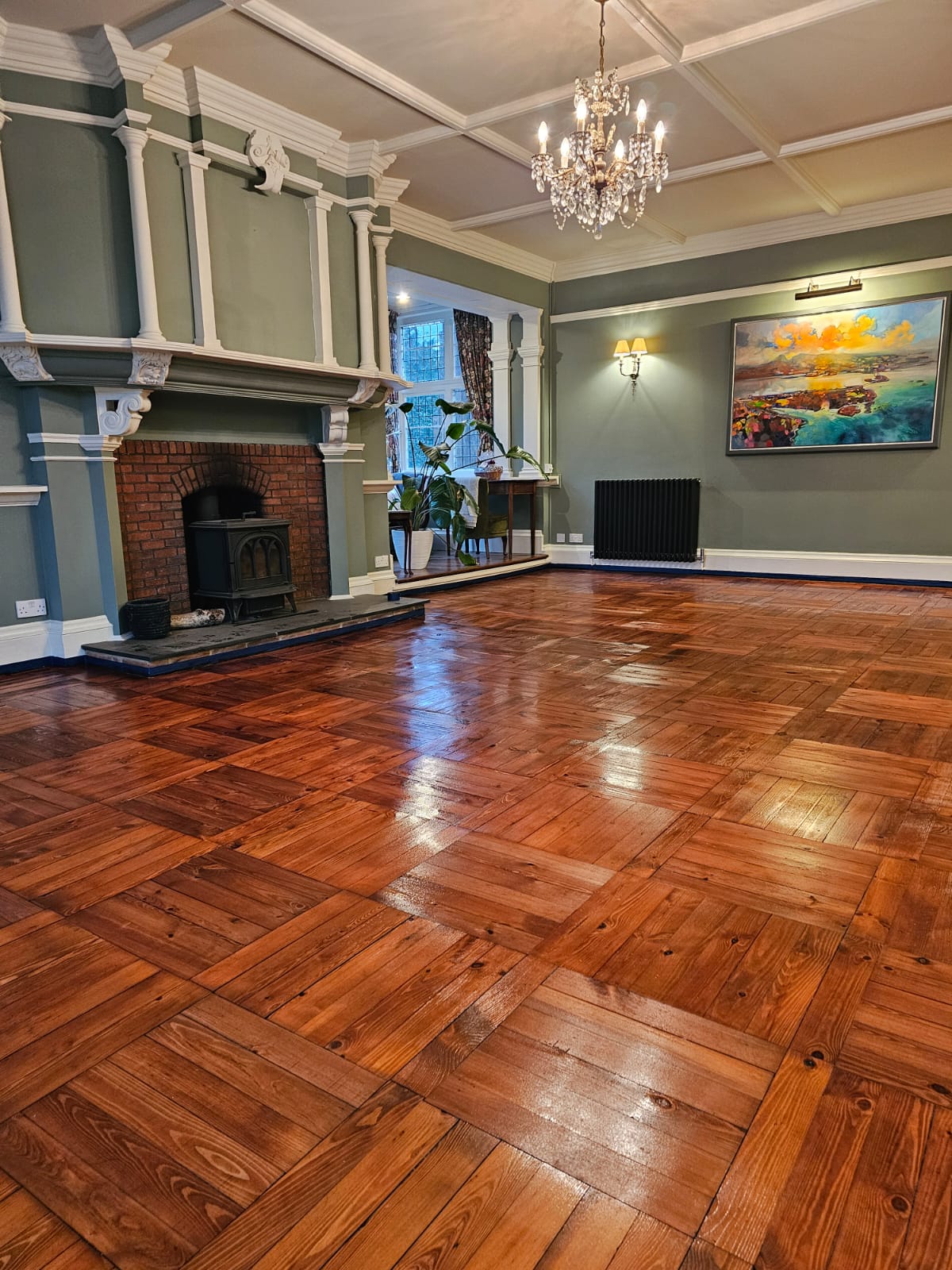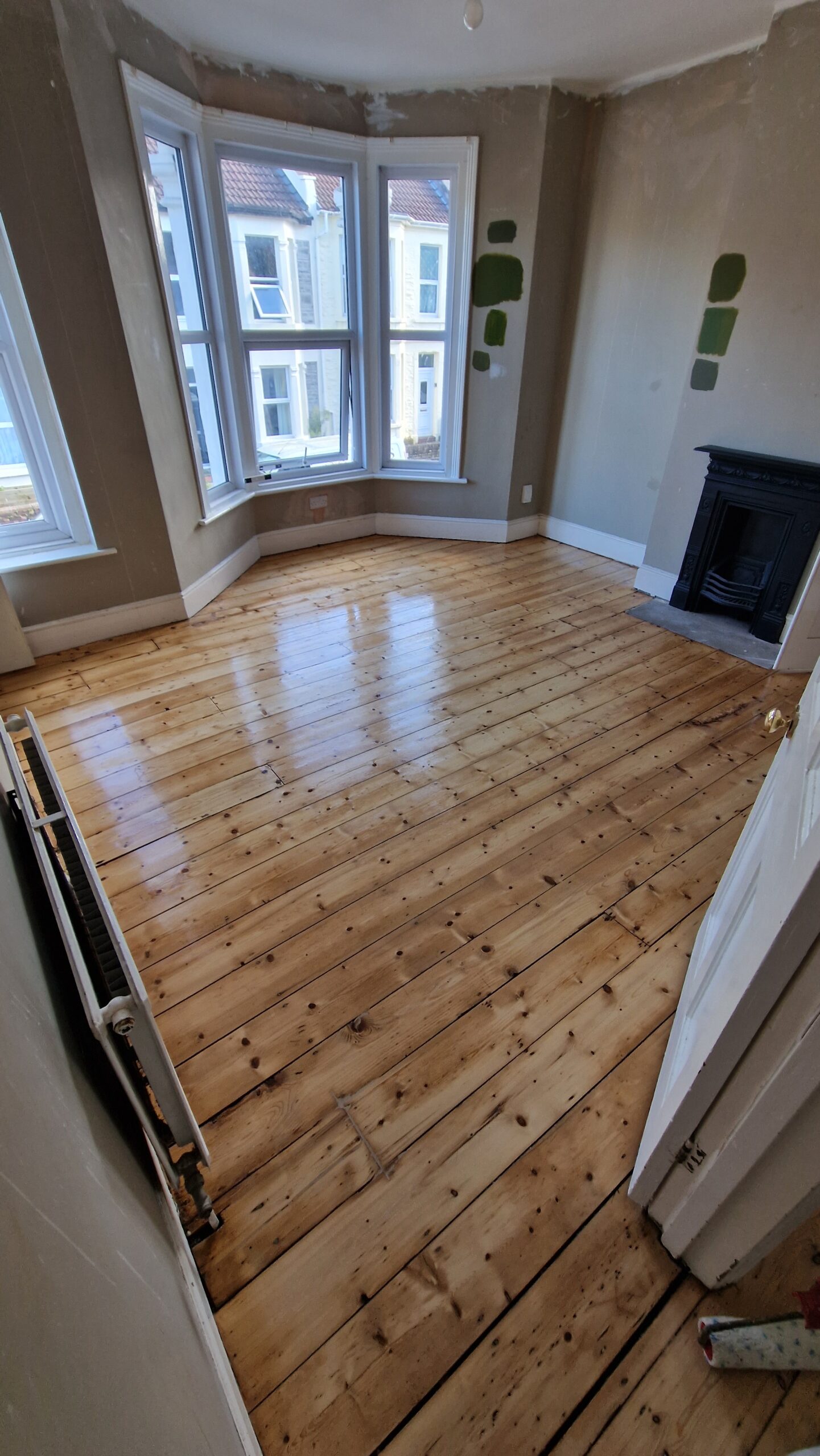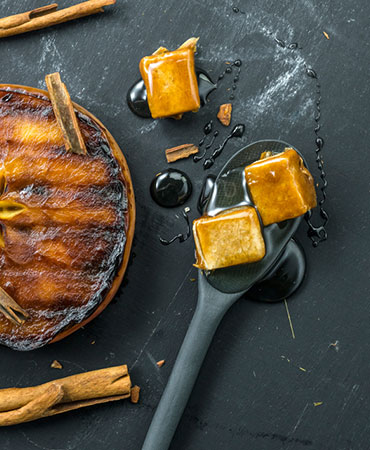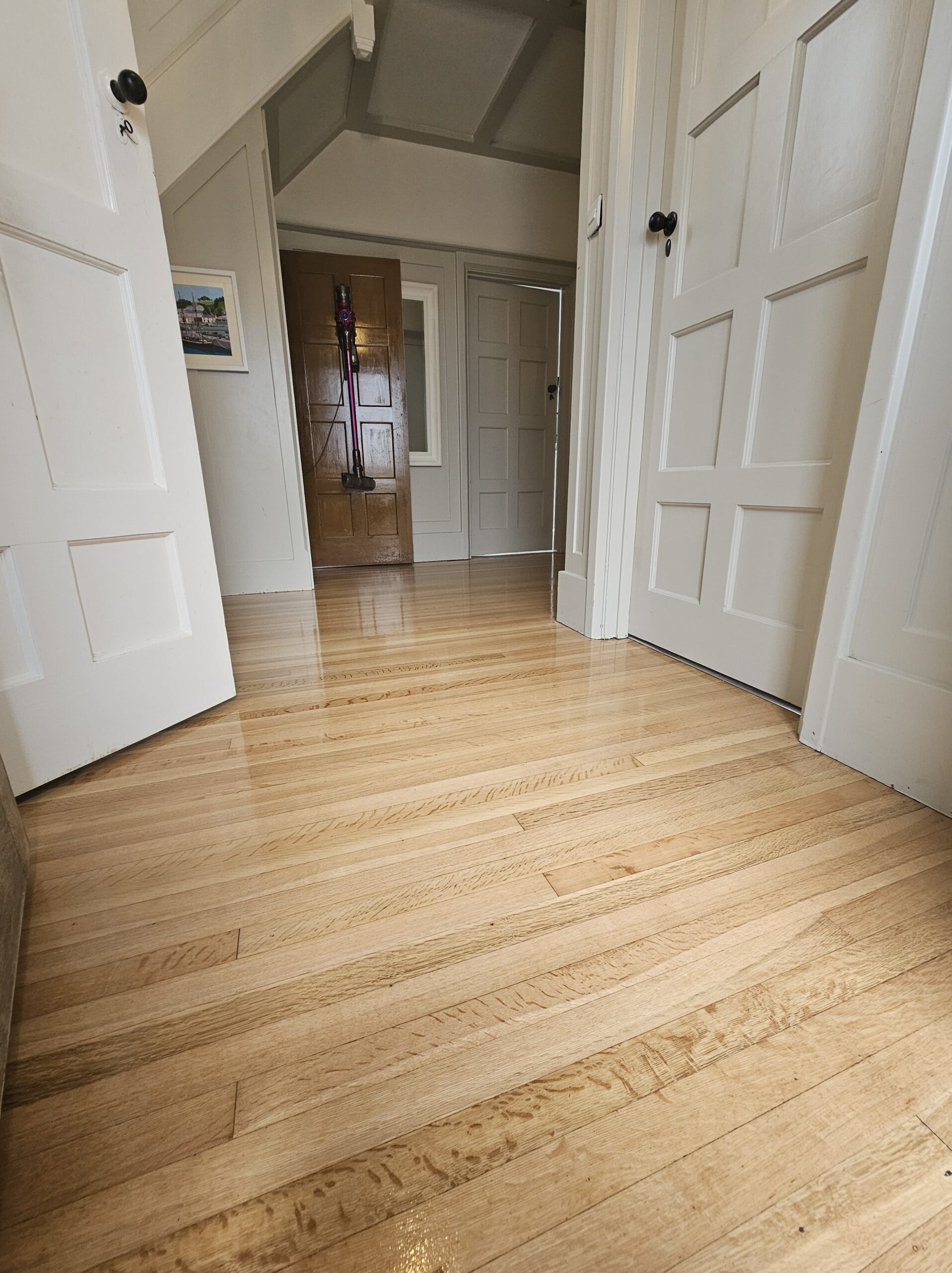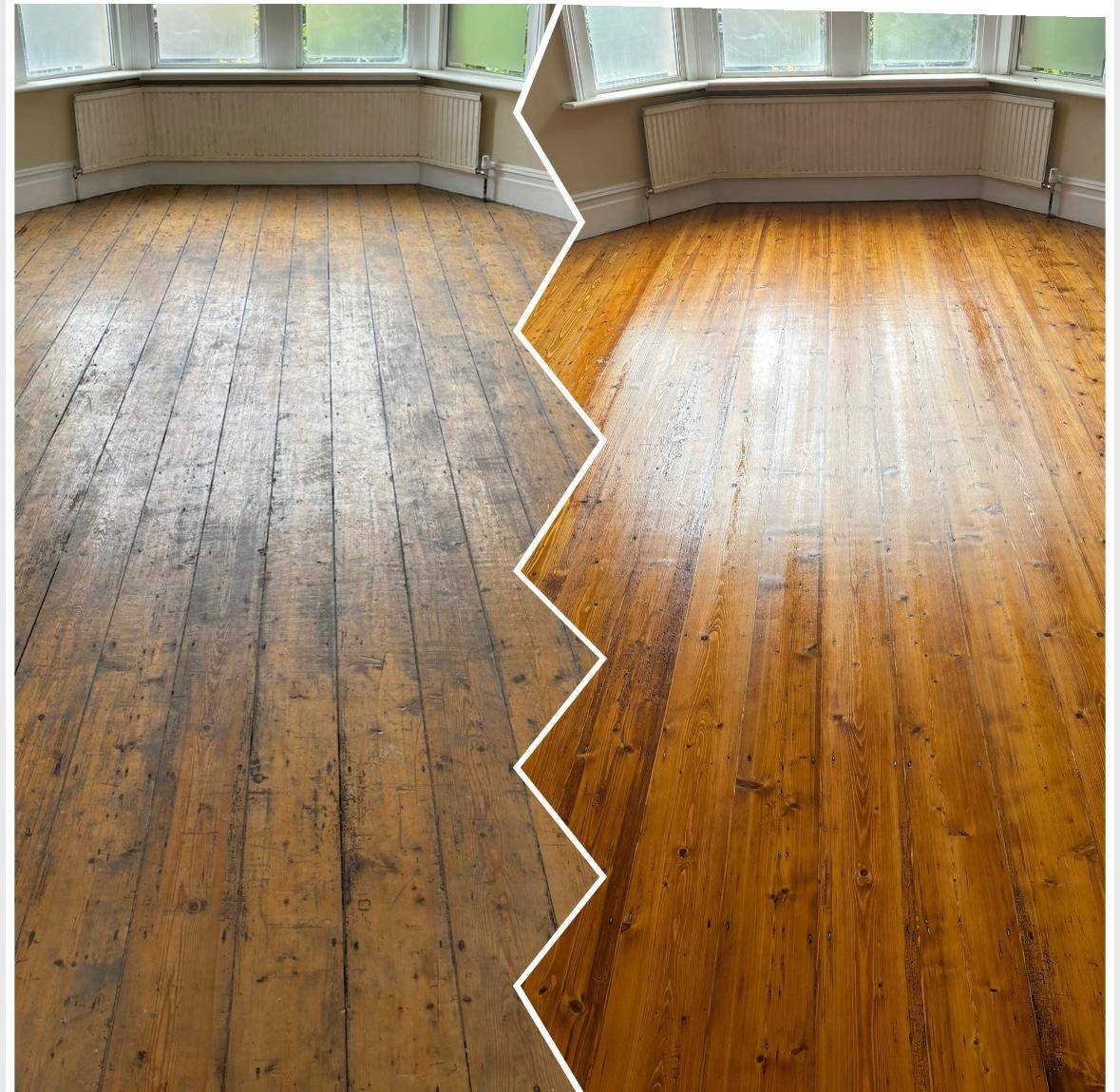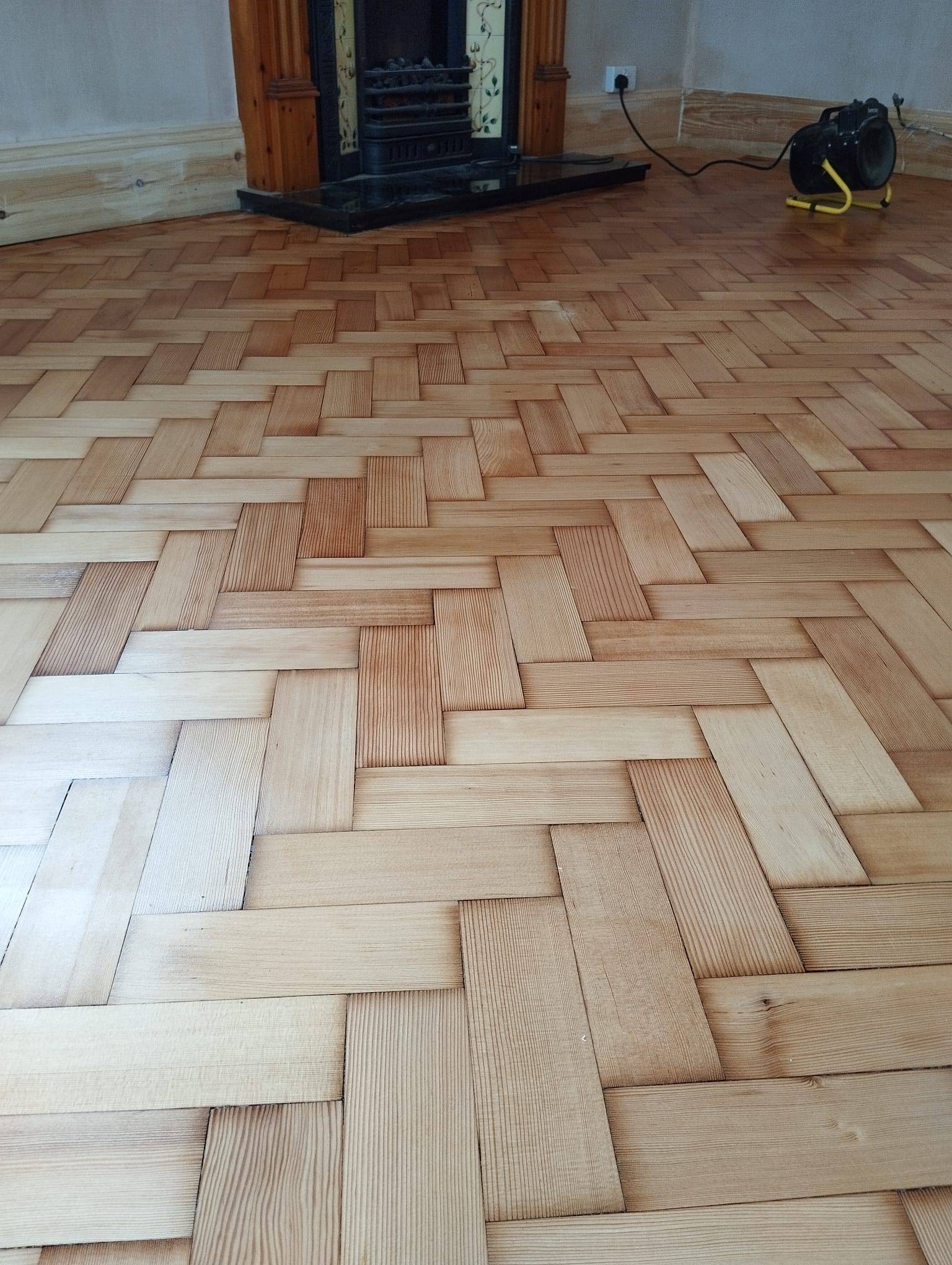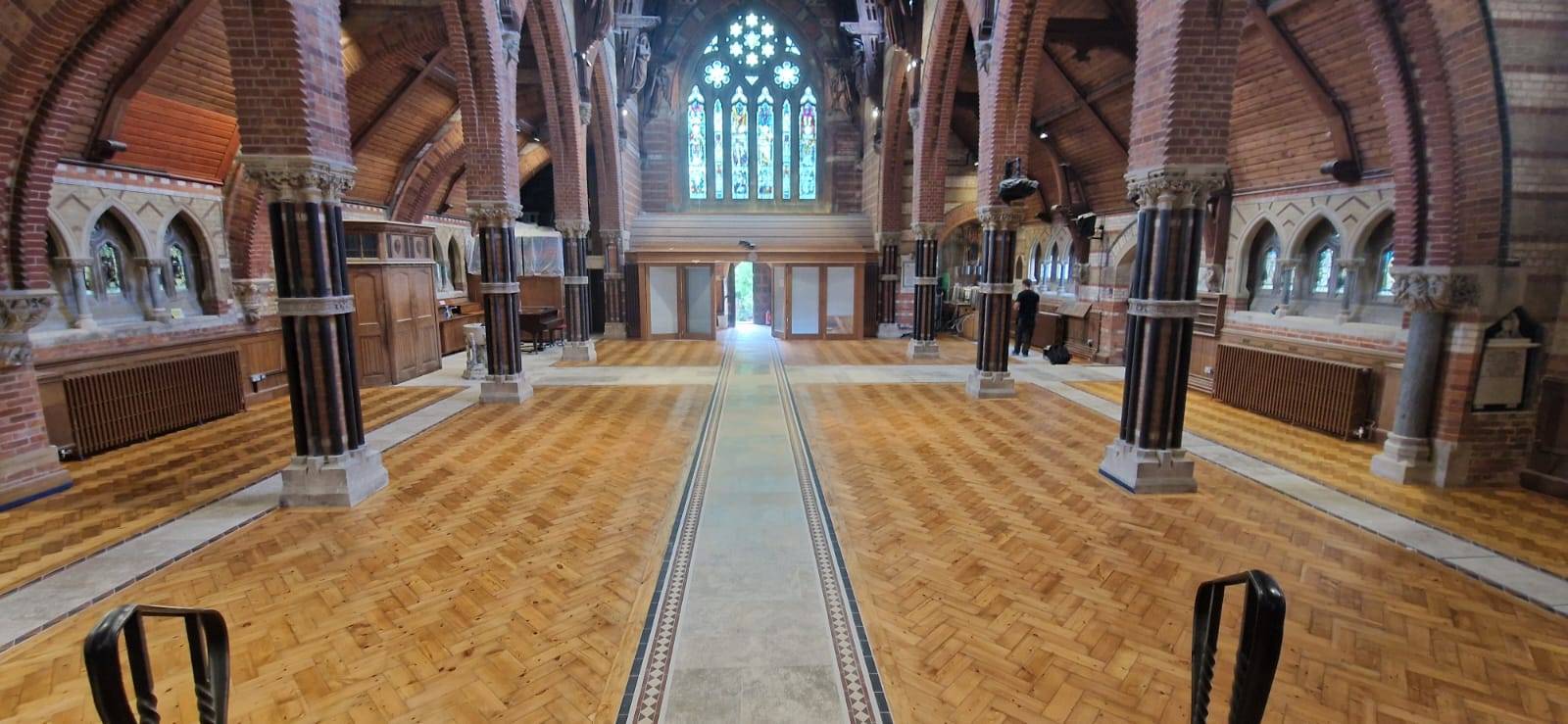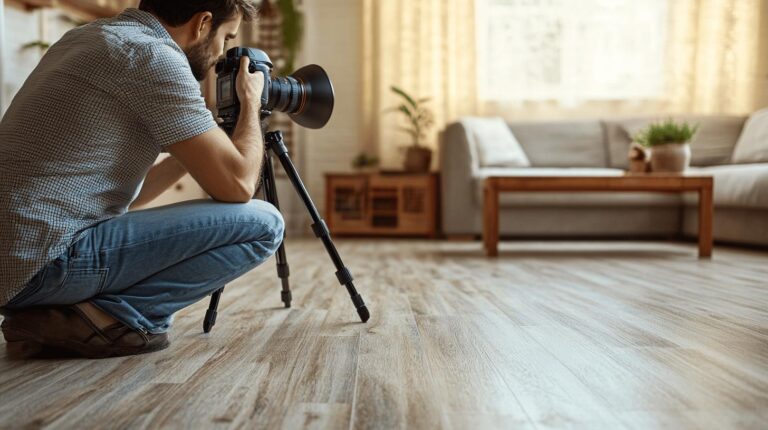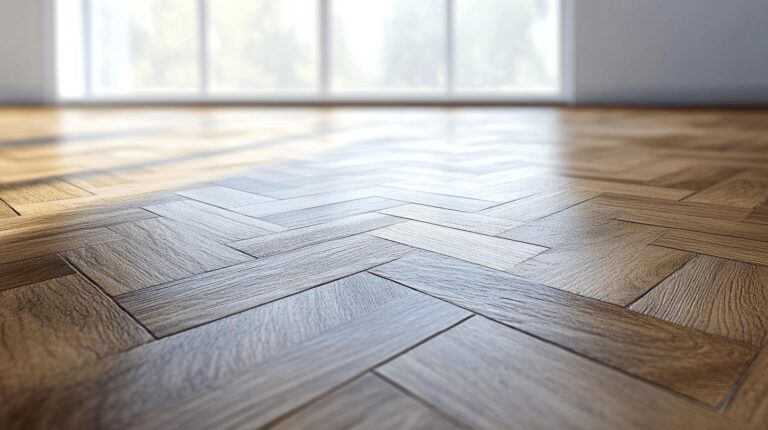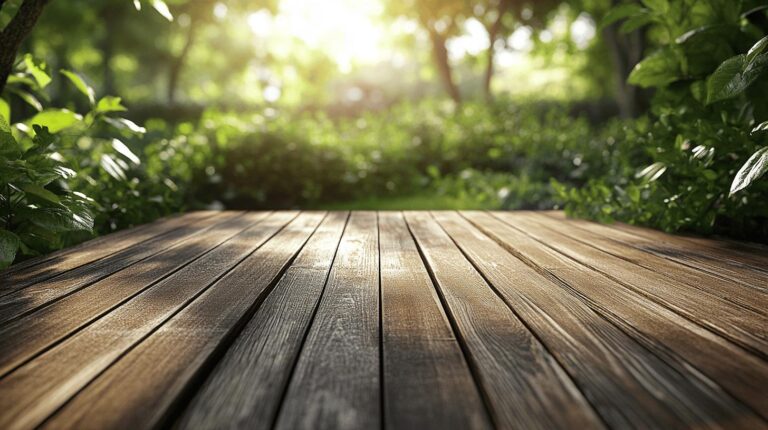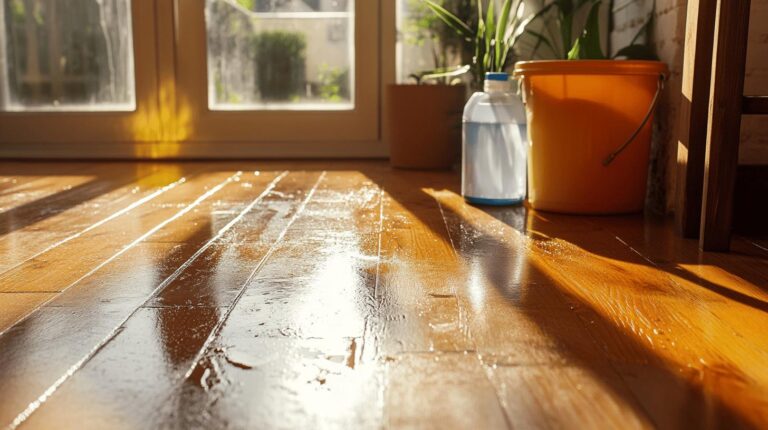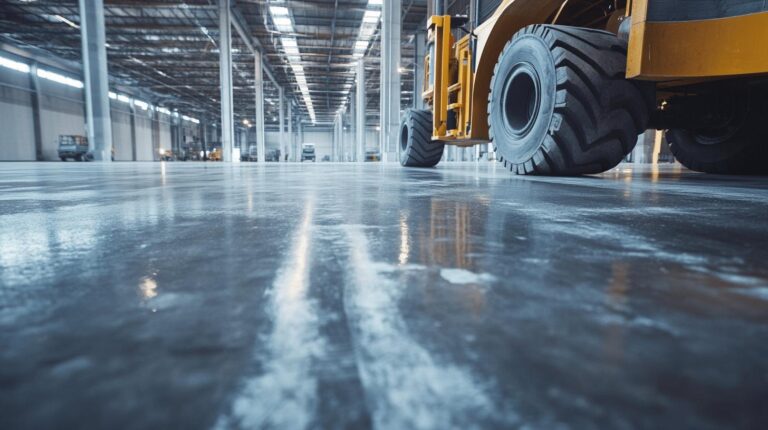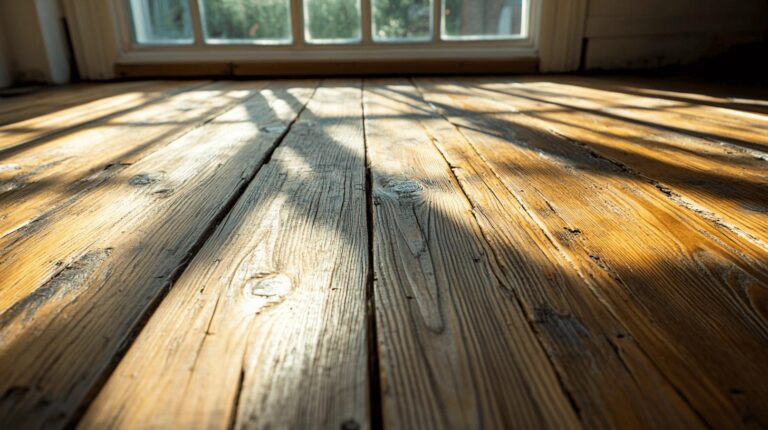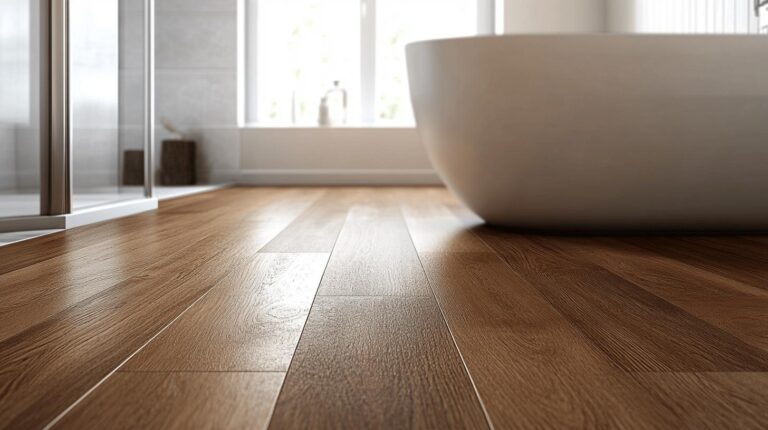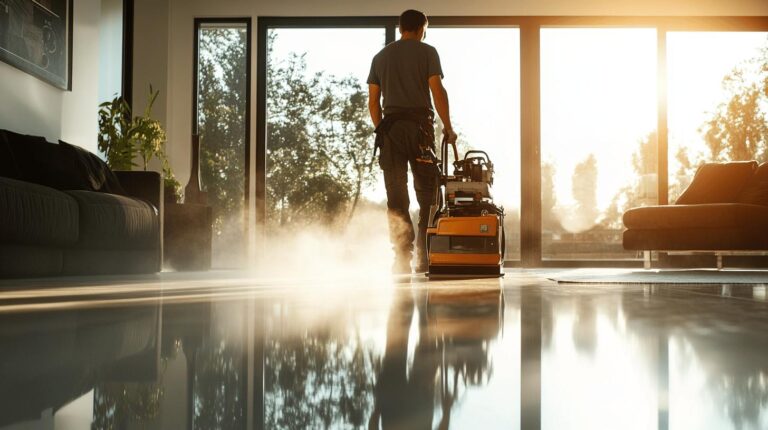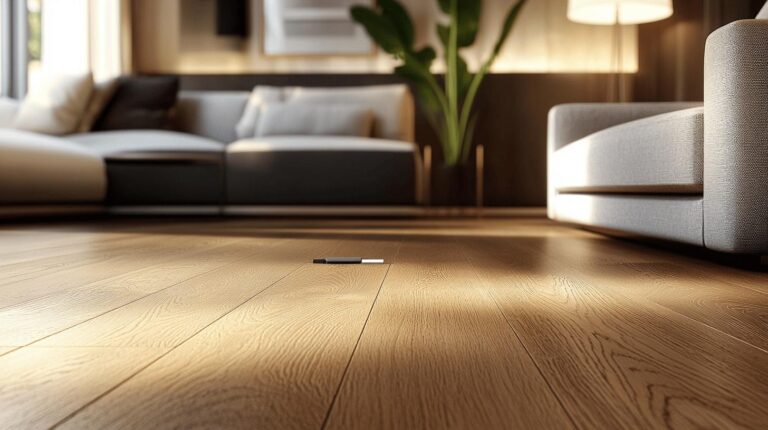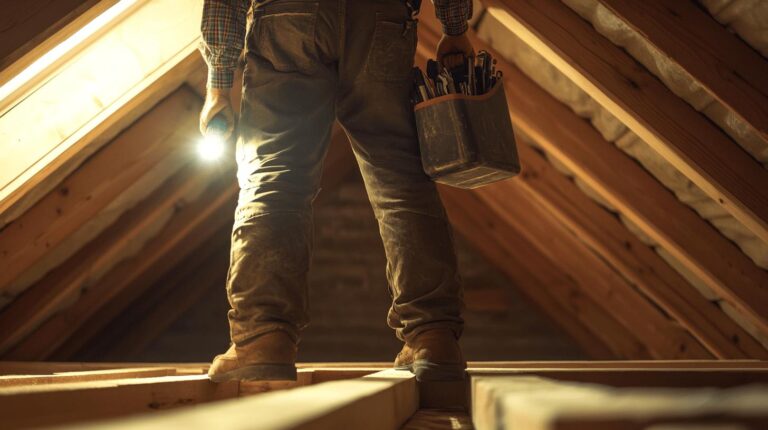How much thought have you given to the floor beneath your feet as you dance and celebrate on your wedding day? Often underestimated, the floor preparation for a wedding venue plays a pivotal role in ensuring the success of your grand event. To avoid slipping into chaos on your big day, it is crucial to plan your floor preparation timeline meticulously. By beginning six months ahead and coordinating with professionals like Ryan’s Restoration, couples can secure a seamless experience. This guide delves into the strategic timeline and key considerations, revealing how thoughtful planning can enhance both safety and aesthetics.
Timeline for Wedding Venue Floor Preparation
Starting the wedding venue floor preparation process at least six months in advance is essential to ensure flawless execution on the big day. Early planning allows ample time for decision-making, adjustments, and addressing potential issues. This timeline should include substantial buffer periods to accommodate unexpected delays, ensuring the schedule remains on track. Begin by consulting with professionals like Ryan’s Restoration to outline the necessary tasks, from initial assessments to the final touches, and establish a cohesive plan.
Coordination with all vendors involved in the floor preparation process is crucial for seamless execution. Engaging vendors early in the timeline helps align their schedules and responsibilities with the overall plan. This includes discussing material selection, installation timelines, and any specific requirements unique to the venue. Consistent communication ensures that each vendor understands their role and contributes effectively to the preparation process, reducing the risk of misalignment or last-minute surprises.
Below is a timeline chart outlining key milestones in the wedding venue floor preparation process. Following this structured approach not only ensures that all tasks are completed on time but also contributes to a stress-free lead-up to the wedding day.
| Task | Start Date | End Date | Notes |
|---|---|---|---|
| Initial Consultation with Vendors | 6 months prior | 5 months prior | Discuss requirements and budget |
| Material Selection | 5 months prior | 4 months prior | Choose materials that suit the venue and theme |
| Floor Installation | 3 months prior | 2 months prior | Ensure installation is aligned with the venue schedule |
| Final Adjustments | 1 month prior | 2 weeks prior | Make any necessary tweaks or corrections |
| Final Inspection and Approval | 1 week prior | Wedding day | Ensure all is set for the event |
Considerations for Wedding Venue Flooring
Different types of wedding venues present unique challenges and opportunities that significantly impact flooring choices. For instance, a ballroom might offer a polished surface suitable for dancing, while a barn venue could require additional flooring to accommodate uneven ground. Outdoor venues, like gardens or beaches, often necessitate temporary flooring solutions to provide stability and protect against weather-related issues. When selecting a floor, it is crucial to consider the venue’s environment and the activities planned for the event. Prioritising key moments, such as the first dance or the wedding ceremony, can help in choosing a flooring option that enhances the overall experience for the couple and their guests.
Safety and guest comfort are paramount when selecting wedding venue flooring. Ensure the flooring is slip-resistant to prevent accidents, particularly if the venue is prone to moisture or spills. Comfort is equally important, as guests will spend considerable time standing and moving about. Providing cushioned flooring or rugs in high-traffic areas can enhance comfort and reduce fatigue. Additionally, the flooring should complement the overall theme and decor to create a cohesive and aesthetically pleasing environment.
- Evaluate venue type and requirements.
- Ensure flooring is slip-resistant
- Consider guest comfort and standing time
- Choose flooring that complements the decor
- Anticipate and address weather conditions
Floor Options and Material Choices for Weddings
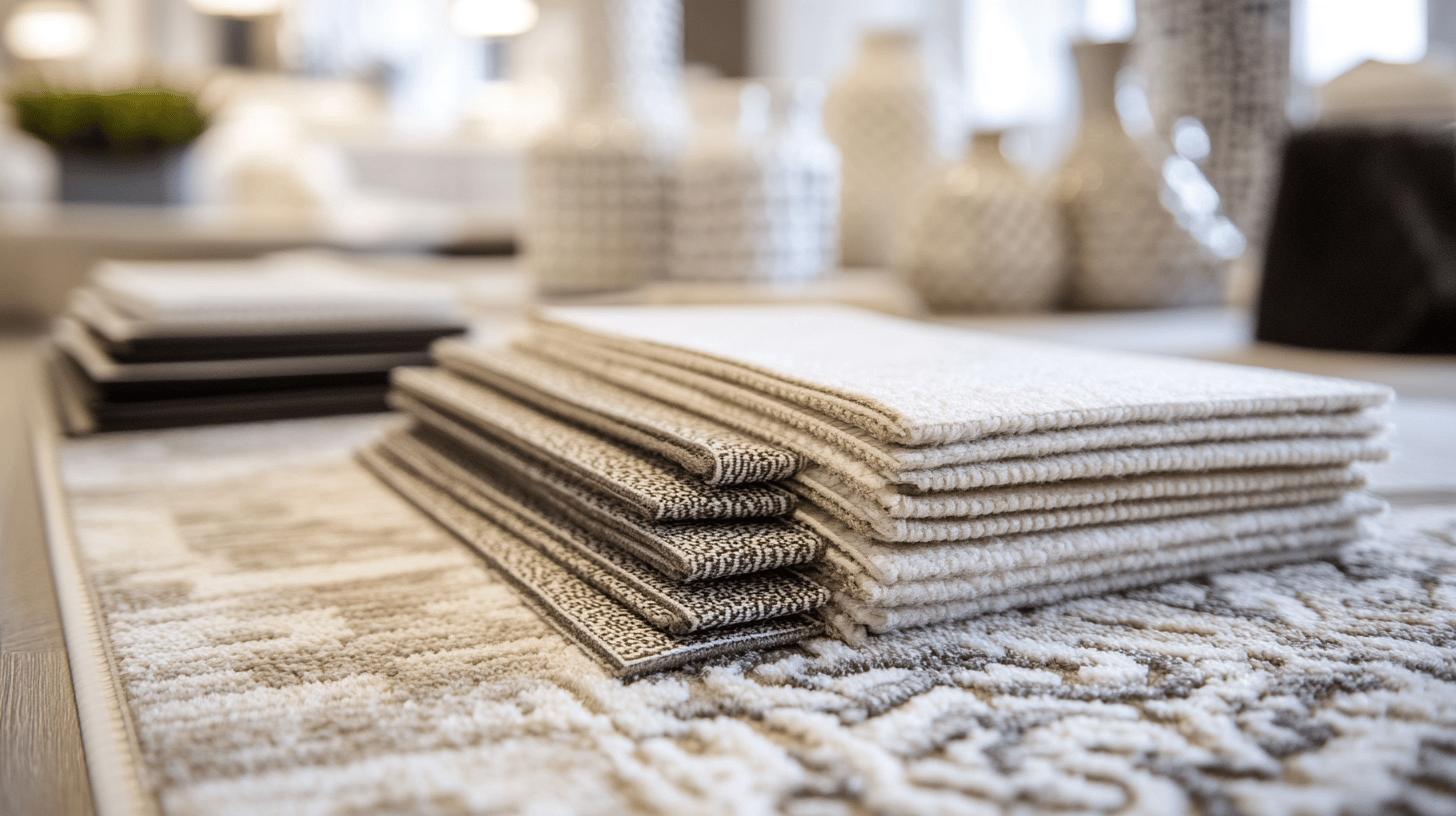
Choosing the right flooring material for a wedding venue is crucial to ensure both aesthetic appeal and functionality. Hardwood flooring is a popular choice due to its timeless elegance and ability to complement various decor themes. Its durability makes it suitable for high-traffic areas, providing a strong surface that can withstand the demands of a lively wedding celebration. However, hardwood can be susceptible to scratches and requires regular maintenance to maintain its pristine appearance, which should be considered when planning the budget and post-event care.
Vinyl flooring offers a versatile and cost-effective solution, available in a range of styles that mimic more expensive materials like wood or stone. Its resistance to moisture and ease of cleaning make it an excellent choice for venues where spills are likely, such as during dining or cocktail areas. Despite these advantages, vinyl may lack the luxurious feel that some couples desire for their wedding day, and its lifespan can be shorter compared to other materials, necessitating potential replacement for multi-use venues.
Carpet, while offering comfort and sound absorption, can be a less practical option for wedding venues due to its susceptibility to stains and wear. It provides a warm and inviting atmosphere, ideal for indoor settings where comfort is a priority, such as during the ceremony or reception speeches. However, the maintenance and cleaning required to keep carpets looking fresh can be more intensive, particularly after events with high foot traffic or food and drink service.
| Material | Advantages | Disadvantages |
|---|---|---|
| Hardwood | Elegant, durable, complements decor | Prone to scratches, requires maintenance |
| Vinyl | Cost-effective, moisture-resistant, easy to clean | Less luxurious feel, shorter lifespan |
| Carpet | Comfortable, sound-absorbing, warm atmosphere | Susceptible to stains, high maintenance |
| Tile | Durable, easy to clean, variety of designs | It can be cold, hard underfoot, prone to chipping |
Weather Impacts and Seasonal Considerations for Wedding Floors
Weather conditions play a crucial role in determining the suitability and preparation of wedding floors, particularly for outdoor venues. For instance, beach weddings require a backup plan due to the unpredictability of weather, such as sudden rain or high winds. The possibility of moisture can affect the choice of flooring material, making options like vinyl or temporary wooden platforms more favourable, as they offer greater resistance to water. It is essential to assess the venue’s exposure to weather elements and choose the flooring that provides stability and safety for guests, ensuring a seamless experience regardless of sudden weather changes.
Seasonal considerations also significantly influence floor preparation and material selection. In colder months, venues may need additional heating measures to prevent floors from becoming slippery or uncomfortable for guests. Conversely, during summer, materials that remain cool underfoot, such as tiles or treated wood, can enhance comfort. Anticipating weather-related challenges involves planning for temperature fluctuations and ensuring that the flooring material chosen can withstand these variations. By addressing these factors early in the planning process, couples can ensure the flooring remains functional and safe throughout their special day.
Coordinating Decoration and Floor Setup for Weddings
Aligning the floor setup with the overall decor theme is essential to creating a cohesive and visually appealing wedding environment. The flooring choice should enhance the decor, complementing the colour palette and style chosen by the couple. For instance, a rustic venue might benefit from hardwood flooring that mirrors the natural elements, while a modern setting might call for sleek, polished surfaces like tiles or vinyl. Successful coordination ensures that the transition between different event phases, such as moving from the reception area to the wedding breakfast, is smooth and visually seamless. This is crucial as the order of events can vary, requiring the setup to adapt accordingly without disrupting the flow of the day.
Ryan’s Restoration offers expert coordination services, ensuring that the flooring not only matches the decor but also meets practical requirements. They bring together style and functionality, providing solutions that suit both the venue’s aesthetic and practical needs. Below are four style recommendations for harmonising floor and decor:
- Rustic Elegance: Use hardwood or reclaimed wood to match rustic themes.
- Modern Minimalism: Opt for polished concrete or sleek tiles for a contemporary look.
- Classic Romance: Choose plush carpets or soft rugs for a timeless, romantic feel.
- Beach Chic: Incorporate light-coloured, moisture-resistant vinyl for beach settings.
Budgeting and Cost-effective Solutions for Wedding Floor Preparation
Establishing a realistic budget early in the wedding planning process is crucial for managing expenses effectively, particularly when it comes to floor preparation. A well-defined budget allows couples to allocate resources wisely, ensuring that all aspects of the wedding, including the flooring, meet their expectations without financial strain. By considering both the aesthetic and functional needs of the venue, couples can prioritise which elements of the floor preparation require more investment, such as high-traffic areas or special designs, while identifying areas where savings can be made.
To achieve a high-quality floor setup without overspending, couples should explore cost-effective solutions that do not compromise on quality. One approach is to opt for versatile materials like vinyl, which offer the appearance of more expensive options while remaining budget-friendly. Additionally, choosing a single flooring style that can be easily adapted to different venue sections can reduce costs associated with purchasing multiple types of materials. Engaging with experienced vendors like Ryan’s Restoration can also provide valuable insights and recommendations on affordable yet durable flooring options that align with the couple’s vision.
Here are five cost-saving tips to help manage wedding floor preparation expenses effectively:
- Prioritise Key Areas: Focus on high-traffic zones and areas of significance like the dance floor.
- Choose Versatile Materials: Opt for materials that offer both durability and aesthetic appeal.
- Simplify Design: Avoid overly intricate patterns or multiple material types.
- Hire Experienced Vendors: Work with professionals like Ryan’s Restoration for expert advice.
- Plan Early: Early decisions often lead to better deals and more availability.
Final Words
Beginning floor preparation six months in advance is vital to a successful wedding venue setup. Including buffer times and coordination with reliable vendors like Ryan’s Restoration ensures smooth progress. Flooring choices must account for venue type, guest safety, and comfort, balancing aesthetics and durability. Understanding weather and seasons, especially for outdoor events, aids in overcoming potential challenges. Effective decor coordination enhances the event atmosphere while budget planning secures quality without excess expense. By adhering to this timeline and considerations, couples can create a memorable wedding experience through thoughtful Wedding Venue Floor Preparation.
FAQ
Q: What is the 30 5 minute rule for weddings?
The 30 5 minute rule involves allocating 30 minutes for the ceremony and another 5 minutes for photographs immediately after. This ensures the ceremony transitions smoothly to the next part without delay.
Q: How do you create a floor plan for a wedding?
To create a floor plan for a wedding, assess the venue space, determine the number of guests, and position tables, a dance floor, and other necessary areas accordingly. Use digital tools for precision layout.
Q: What is the timeline for a wedding reception?
A wedding reception timeline typically includes an hour for cocktails, followed by dinner, speeches, and dancing. Timeframes vary, but planning each segment helps ensure a seamless flow of events.
Q: How long before the wedding should a couple begin making preparations?
Wedding preparations should ideally begin six months before the event. This timeframe allows for careful coordination of key tasks, ensuring a smooth and stress-free journey to the wedding day.
Q: What are the considerations for wedding venue flooring?
Considerations for wedding venue flooring include the venue’s specific challenges, safety, guest comfort, the durability of materials, and compatibility with decorations. Prioritising these factors helps ensure a successful event.
